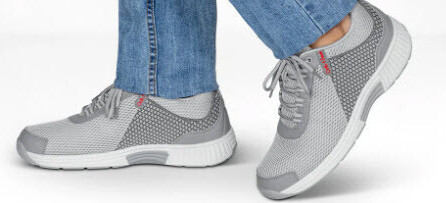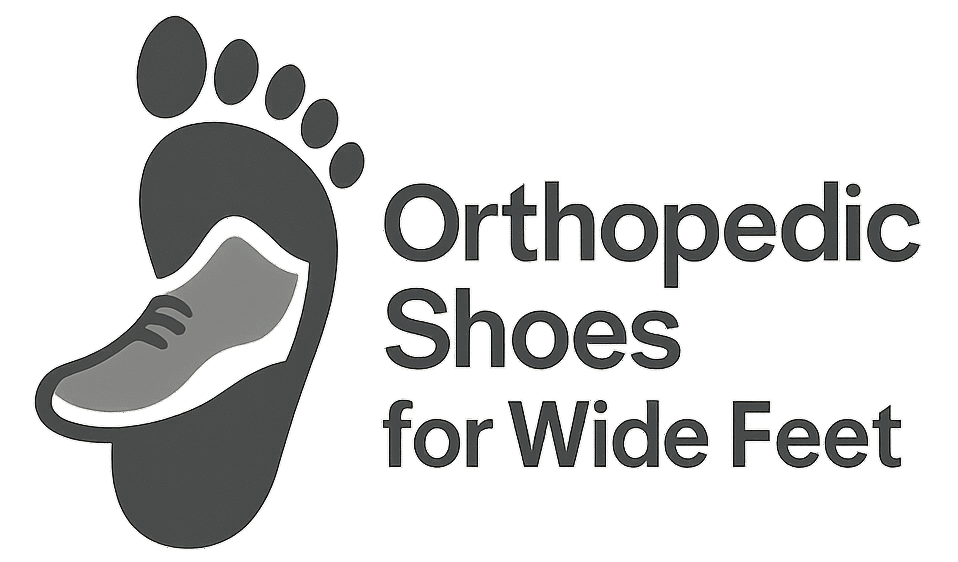
Orthopedic shoes aren’t just some fancy medical jargon. They’re all about making sure your feet feel great and healthy. Whether you’re dealing with chronic foot pain, have specific health conditions, or just want to treat your feet right, these shoes are your go-to.
Comfortable footwear isn’t just nice to have; it’s a game-changer for your overall health. Think about it: your feet carry you around all day. If they’re not happy, you’re not happy. Poor footwear can lead to all sorts of problems like back pain, joint issues, and funky walking habits. It’s wild how much your shoes can affect your well-being.
Orthopedic shoes are designed to tackle common foot problems head-on. We’re talking about things like plantar fasciitis, bunions, hammertoes, diabetic foot issues, and even flat feet. They offer the support and alignment you need to keep those problems at bay or at least keep them from getting worse.
So, who should be slipping into these awesome shoes? Honestly, anyone can benefit, but they’re especially great for folks who are on their feet a lot, have pre-existing foot issues, or need extra support because of conditions like diabetes or arthritis. Even if you just want to prevent future problems, a good pair of orthopedic shoes is worth the investment.
The Role of Cushioned Insoles in Orthopedic Footwear
Cushioned insoles are the unsung heroes of the shoe world. Think of them as mini mattresses for your feet. They give you that extra layer of plush comfort and support, turning an average pair of shoes into ones you never want to take off.
Let’s talk materials. Not all cushioned insoles are created equal. You’ll find options made of memory foam, gel, cork, and even air cushioning. Each has its own perks. Memory foam molds to your foot shape, offering personalized support. Gel provides excellent shock absorption, great for high-impact activities. Cork is both supportive and eco-friendly, and air cushioning offers lightweight comfort.
Now, why are these insoles such a big deal? Well, for starters, they help in reducing pain from problems like plantar fasciitis, arthritis, and general foot fatigue. They also have the magical ability to improve your posture. A good insole aligns your foot correctly, which in turn aligns your entire body, reducing strain from your feet to your lower back.
But how do cushioned insoles stack up against regular insoles? It’s a bit like comparing a luxury car to a standard sedan. Regular insoles might offer some padding, but cushioned insoles go above and beyond with support and comfort. They often come with arch support, heel cups, and are designed to distribute pressure evenly, which prevents those pesky foot aches.
Selecting the Right Orthopedic Shoes with Cushioned Insoles
Choosing the right orthopedic shoes isn’t rocket science, but there are some key factors to keep in mind. First off, always measure your feet. Sizes can change over time, especially as we get older. It’s not just about length, either. Width matters. A shoe that’s too tight or too loose can mess with your comfort and support.
When shopping for orthopedic shoes, look for features like good arch support, a wide toe box, and shock-absorbing soles. Don’t forget about adjustability. Velcro straps, laces, or buckles can make a big difference in getting that snug, just-right fit. And of course, cushioned insoles should be a must-have on your list.
Now, how do you find your perfect match? Start by trying on shoes later in the day when your feet are naturally a bit swollen. This ensures you get a fit that’s comfortable all day long. Bring along any orthotics or inserts you usually wear to make sure they fit well inside the shoe. Walk around the store, test them on different surfaces, and don’t be shy about taking your time.
To help guide your choice, consider some real-life testimonials and expert recommendations. Many people have found their foot-saving hero in brands like New Balance, Brooks, and Dr. Scholl’s. Experts often suggest looking for shoes specifically designed for your foot issue, whether it’s flat feet, high arches, or something else entirely.
